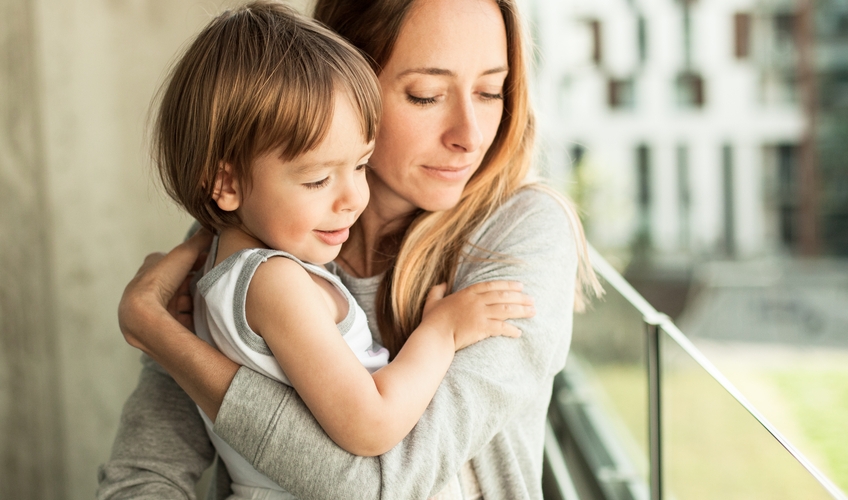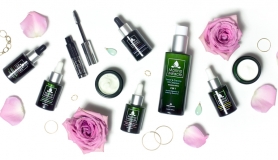DESPITE ITS SEEMING simplicity, “peace” as an enacted, everyday concept can be difficult to grasp. Associations with tranquillity and wellbeing, whilst entirely valid, run the risk of reducing peace to something passive. Perhaps for the politicians arguing over security policy, peace can be conveniently defined as the absence of war, but real peace, sustainable peace is much more than that. Peace to me is active, a conscious way of interacting with the world, one that requires awareness, thoughtful consideration and staying power. It requires me to look at things from others’ perspectives and be open to change. It requires that I engage with – rather than steer clear of – conflict. After all, people are different, we don’t always agree, and conflict is a natural and inevitable aspect of human interaction. For many of us, conflict is a dirty word, something to be avoided at all costs. But as anyone who has entered into a conflict with a spirit of love and cooperation knows, the process of resolving a conflict, without resorting to violence, coercion or force, can be hugely empowering and beneficial to both parties. As a parent, my relationship with peace is twofold: firstly, I seek “everyday peace” – a peaceful home life and a sense of personal security and personal freedom; and secondly I endeavour to practice for myself and engender in my children, peaceful – or nonviolent – ways of interacting with the world. In its simplest form, nonviolence can be characterised as the practice of fostering understanding among those who are different from you, opposing injustice and seeking loving solutions. So on a very basic level, practising nonviolence and supporting children to interact nonviolently means cultivating empathy, compassion and connection. Being a relatively new parent, and one who has worked as a peace and disarmament advocate and a nonviolence trainer for campaigning groups, I have been exploring different parenting approaches and feel drawn to those that resonate with my understanding of peace and nonviolence. Like most parents I pick and choose the aspects of different parenting models that work for me and my family, and in terms of bringing my commitment to peace into my parenting I have found there are certain key themes that fit particularly well.
Connection
According to the Peaceful Parenting Institute, connection is the biggest contributing factor towards a child’s behaviour, so it stands to reason that making sure our children feel loved and valued is a great place to start in terms of bringing peace into our lives. But children need a lot of attention and because most of us live very busy lives, we can’t always give our children the love and time they need – and I dare say we’ve all experienced the emotional outbursts that arise when this most basic need is not met. One tool I’ve found especially useful in this regard is “special time” which involves setting aside time to focus entirely on engaging one-on-one with your child. Hand in Hand Parenting recommends setting a timer for an agreed length of time (even 15 minutes a day per child can make a difference), then simply pouring your love into your child and delighting in whatever they do. No putting out the washing, no answering your mobile phone or keeping an eye on the dinner. This is a time to follow your child’s lead, say “yes!” to their requests and muster all the enthusiasm, patience and flexibility you’d like them to be able to show the other twenty-three and three-quarter hours of the day!
Recognition
Every one of us, adult and child alike, seeks recognition and acknowledgement. The simple practice of acknowledging and honouring a child’s feelings can help them – and us as parents – to develop empathy, which is essential for cultivating the compassion, understanding and respect for others that forms the basis of sustainable peace. By helping a child to connect with and express their feelings we can begin to create a culture of openness and understanding in the home. Oftentimes though, in an attempt to shield our children from the pain and heartache of seemingly negative feelings, we rely instead on distraction tactics. I’ve certainly found myself doing this! To help me better support my child’s emotional literacy, I’ve drawn on a well-worn Nonviolent Communication (NVC) tool, also described as “sportscasting”, which involves stating in simple, non-judgmental terms, what it is that I’m observing – that is the facts of the situation and the feelings it seems to have generated. For example, “Sam’s got the toy you wanted and you seem annoyed. Is that right?” But “sportscasting” needn’t necessarily be restricted to your child’s feelings. If you observe someone you come into contact with demonstrating particular feelings, you can use it as an opportunity to get your child thinking about what that person is experiencing. For example, ‘That lady on the checkout seemed short with us. Do you think she’s having a bad day?’ And ‘What do you think could have happened to make her have a bad day/be short?’ Drawing attention to feelings in this way and encouraging consideration of what might be happening for other people, can also help our children to connect with a sense of injustice and can pave the way for more mature approaches to dealing with conflict.
Trust & Autonomy
Approaches that encourage us to recognise our children’s feelings – and importantly to respond to those rather than the behaviour exhibited – require a certain degree of trust in our children. We must, in the words of Unconditional Parenting author and parenting guru Alfie Kohn, “attribute to children the best possible motive consistent with the facts”. But the idea that we should trust a child to act in accordance with their needs runs contrary to traditional approaches to discipline and sometimes also with the way we ourselves were parented. And to be fair, without seeking out the feeling beneath the behaviour, it is easy to assume that a child is merely being difficult or manipulative. But in terms of bringing peace into our family lives and developing empathy and compassion in our relationships, trust is an important component. One way to build trust in our family relationships is to adopt a democratic, mutual problemsolving approach to parenting. Asking for a child’s help or opinion is a great way to make them feel valued, and demonstrating that you don’t have all the answers lets a child know that it’s OK not to know everything. It also places the emphasis on the process of working through things, rather than on the end result, and can remove the tendency towards power struggles by injecting some equality into the parent-child relationship. Children have an innate need to feel valued, understood, powerful, and loved, and when these needs are met, there is less need to misbehave. Alongside trust comes respect for a child’s personal autonomy which again is not a notion that is popular amongst those who advocate a top-down, “respect must be earned” approach. But for me, respecting my child’s autonomy by listening to his requests, offering as many opportunities as I can for him to chose things for himself, by honouring his “no’s” (particularly where his body is concerned) and by involving him in routine activities, feels like the best way to develop his selfreliance as well as show him what respectful interaction looks like in practice.
Modelling
Of course, one of the most profound ways children learn is by observing and mirroring our behaviour. From a nonviolence perspective, modelling the behaviour we would like to see others enact is fundamental, as is treating everyone, ourselves included, with love and respect. For many parents, modelling is the hardest part of being the parent we want to be – it seems we have first to be the person we want to be, and virtually none of us are. Rather than give ourselves a hard time though, it’s important that we model the compassion and self-care we hope to teach our children. If we are forever negating our own needs in favour of others’ (our children included), they learn to behave similarly.
Communication
At its heart, conflict resolution is about communication, so it should come as no surprise that the most powerful, and simple, tool I have found thus far in my peaceful parenting journey is speaking clearly and respectfully to my child. It sounds obvious and its efficacy may well be because he’s still a toddler (and not yet talking himself!), but I find that by informing my son of what we’re doing well in advance, and by listening to and acknowledging his response, he seems to feel included and valued. And because none of us are at our best when rushed, I also endeavour to allow plenty of time, particularly if I know he’s likely to resist whatever it is that’s happening. Naturally, there are times when parent and child disagree on what to do and although my first port of call is always to ask myself whether I really need to do that thing, when I judge that I do, I try to use clear and patient communication to get across my expectations. Whilst the concept of boundaries is an accepted one in traditional parenting circles, coming from the more permissive end of the spectrum where limiting of a child’s self-expression is kept to a minimum, I have struggled to find a way of establishing boundaries which does not impose stifling limits on my child but that respects my own needs and enables me to guide my child appropriately. On the back of some trial and much error, and after seeking advice from people who’ve been in the parenting game longer than I have, I discovered a method that for now seems to yield positive results. By coming down to my son’s level, making soft, kind, physical contact to get his attention, and by communicating my expectations calmly, clearly and with confidence, I have felt able to offer parental leadership in a loving but firm manner.
Unsurprisingly, I don’t always get it right. In fact my interactions with my son frequently lack the connection, recognition and trust that I aspire to. But my commitment to peaceful parenting is not diminished, because I am reminded that nonviolence is not about lying down and passively accepting what is thrown at us. It is about stepping up and actively engaging in the relationship, being clear about our own needs, seeking to understand the needs of others, and finding loving solutions that work for everyone. And I hope that by applying some of this to my parenting, I might contribute in my small way to creating the more peaceful world we all seek.
MORE INSPIRATION
EXPLORE Aware Parenting Institute www.awareparenting.com
VISIT Peaceful Parenting Institute www.peacefulparent.com
READ Unconditional Parenting Alfie Kohn amzn.to/2cz7b1B







